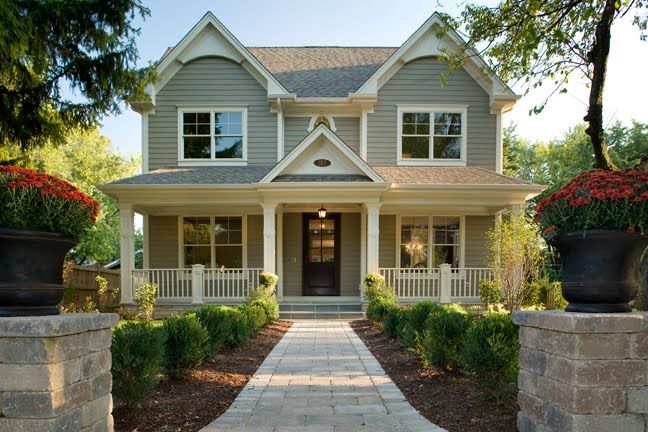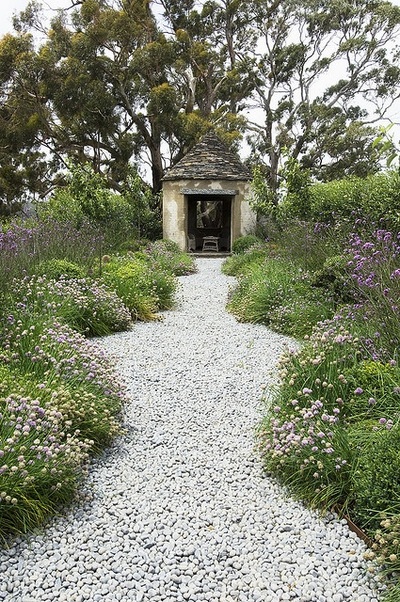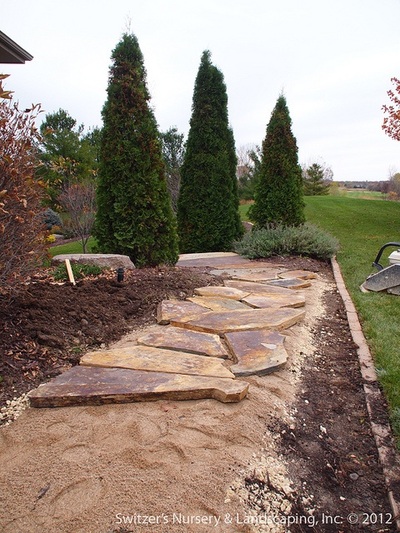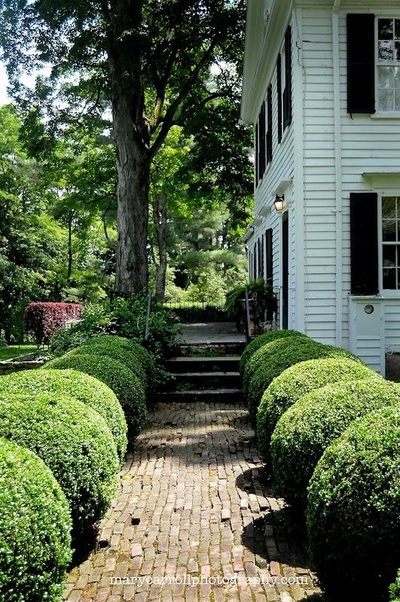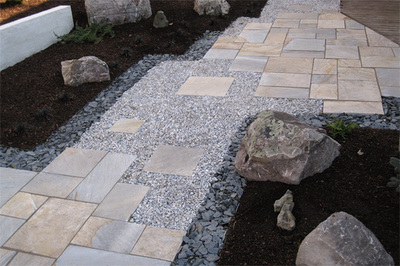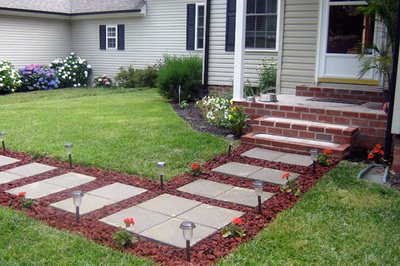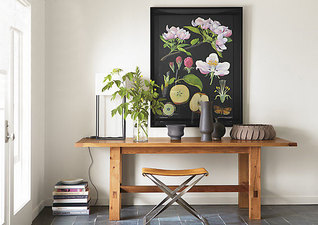 Found On: MakingItLovely.com Found On: MakingItLovely.com Whether or not guests see your home on a regular basis, the idea of having a home that looks and feels great is a desirable one. Adding value to a property shouldn't just be for those that are planning to sell in the near future, for many small additions can add life to your home. So whether you're selling or staying put, consider these small improvements that can be for less than $100. 1. Accent Lighting A few cleverly positioned floor and table lamps or even twinkly outdoor lights can make a difference to the atmosphere of a room. These items are relatively cheap, and you can find them almost anywhere so it's definitely worth shopping around. If you want to be specific about the type of mood- the warmer the bulb the more romantic and softer on skin is reflected, the whiter the bulb tends to bring a clean or natural feel to a room. 2. Mount/Prop a Mirror The human brain can easily be tricked, and mirrors are great at creating the illusion of space and bouncing light around a room. For a chic look try looking for mirrors with dark wood or metal crossing frames, and for a more contemporary/modern look try finding geometric shapes or placing an oversized mirror on the floor and propping it up against your wall. 3. Paint It! Everyone wants a new kitchen or bathroom, but there is no way to complete a remodel of such spaces under $100. However, you can freshen up those spaces with light pastels, or whites on the bathroom walls, cabinets or even your vanity. In these spaces having light is important for prep work (either on your face, or for your food). Because of this, you want to make sure to work with the light (hopefully natural) that you are given. Light bounces off lighter walls better and creates a clean effect in those spaces. For a pallet of pastels and whites to choose from click here. 4. Planting Indoors and Out Whenever passing down a street full of "cute" homes you'll be sure to find that the outdoor landscaping is typically superb. What is great, is that you don't need to have a green thumb, or even know how to keep up with plants to boost your outdoor curb appeal. Trees, shrubs and ferns tend to need water about once to twice a week, and some even less. If this seems too difficult finding a colored mulch and placing solar lighting up your walkway is a sure way to add a more dramatic effect coming up to your front door. If you want to take planting a step farther, any room can be improved with a fresh piece of greenery. Remember to keep it in proportion (or just think smaller is better), and plotted plants as opposed to cut flowers are generally preferable, as they are less likely to wilt. 5. Freshen Up Your Front Door Painting your front door may seem terrifying at first, but don't let it be listed are four simple steps to become a door-painting-pro. 1. Remove the Door and Clean: Use a slot screwdriver to remove the hinge pins and then remove the other half of the hinge from the door. The door will be heavy, so get help to lift it onto some sawhorses. Remove all the hardware off the door, including the door knocker, peephole and doorknob. Wash and allow the door to dry before painting. 2. Prep the Door: Patch cracks in the door with a quick-drying wood filler. When it is dry sand the filler smooth so that it becomes flush with the door. 3. Apply Primer: If the existing paint is in good condition, no primer is necessary. However, if you are using a dark color like red, it's advisable to use a primer first. Prime all six sides of the door, including the inside, the outside, the left and right edges and the top and bottom. Any surfaces not primed will absorb moisture. Let dry completely. If the door's surface still has cracks, fill them with caulk . Let the caulk dry and re-prime the spot. Use a fine-grit sandpaper, such as 180 grit, to smooth the surface and remove any paint drips particularly in the crevices of the panels. Use an old paintbrush or a tack rag to brush off the dust from sanding. 4. Paint the Door: Start painting with an angled sash brush, painting the corners of the panels first (raised or recessed). Work from the top panels down to the lowest. Don't use too much paint or let the paint puddle. Use a roller to apply the paint to the raised panels, rolling with the grain of the wood. Then paint the muntins (top and then bottom), transoms (top, middle, bottom) and finish with the stiles. Paint the door with several coats, continuing to use the angle brush first and then the roller. The darker the color, the more coats that will be needed. 6. Pick a Scent This is a sensitive subject at my house, due to my husband being allergic to floral scents. So if you want a fail-proof way to get your house smelling great, but not over-powering try Doterra essential oils with an aromatic diffuser (essential oils that are 100% naturally derived from leaves, roots, and petals), or you could simply put lemon slices into your garbage disposal, or try slicing them into a beautiful bath of steaming water (if you do this, be sure that it is out of reach from children). 7. Organize Your Guest-Used Rooms There may not be anything more agitating than being a guest who has to sleep in a messy room. Even if they would normally have a messy bedroom for themselves, having a room where you know where everything is placed or everything has a place gives them a peace of mind. Try using cake plates, low trays, racking systems, benches, hooks or even clear Tupperware to store and place the objects your guest is welcome to use. 8. Reboot The Coffee Table Much of the art of creating a stylish home is stopping to consider how you have things displayed for guests, and ease of access. A pile of arty hardcover books piled on the coffee table may sound cliche, but it can be a rather effective way to add personality to your home and keep guests temporarily entertained with your reading selections. If you rather do something more decorative, try an oversized low bowl to store fruit, remotes, wooden toys, or art projects. 9. Add a System for Organized Hello's & Good Bye's Clean your hallway. Is your entryway hall a place for shoes to pile up, coats to be tossed, mud to be tacked in, and keys to be left in pockets. Hallways get more of a bettering than nearly any other place in the house. Especially if you have bikes, strollers or children, and especially if you live near or on a ranch. However, a few minutes with some all-purpose cleaner, a duster and a trip to Target, Wallmart or the Container Store can make all the difference. Try a dresser (to place shoes, books, scarves, sweaters or coats), or a bench simply to unload your daily gear (and store the shoes underneath), a simple key-hook near the entryway can lead to less lost keys can better habits leaving from, and coming into the home.
0 Comments
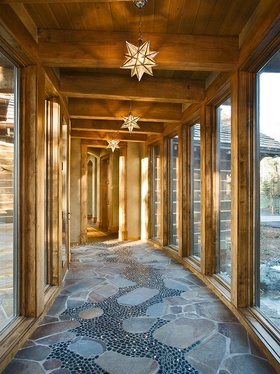 Have you ever walked up to a home and stopped to see what kind of gravel or cement you were stepping on? If so, it’s quite possible the walkway had a great visual appeal that spoke to you. We will call this a Walkway That Talked. Sure, visual appeal is great, but we’d like a little audio with that too. Listed are a few walkways that just might appeal to you. Pea gravel walkways provide a satisfying crunch! Underfoot and are especially at home in country and cottage settings. A solid edging keeps stones from escaping, and landscape cloth underneath keeps weeds under wraps. A landscape contractor will charge about $2 per sq. ft. But you can DIY for half of that! Natural Stone. A flagstone walkway made from quarried stone is unmatched for natural beauty. Local stone is usually attractively priced because it isn’t inflated with shipping costs. So crack open your Geography book... or Google…and learn what types of stone are local in your neighborhood. You can set those beauties about three inches apart and let herbs grow between them. Creeping thyme, oregano, and chamomile are good ground cover options-that release a nice scent when walked on. Or have a ¼ inch grout fill to create a more organized and clean look. Boxwoods and Brick. There is something about the look of white, red and bright green shrubbery that never seems to fade. This combination has been defining walkways for centuries, and looks especially good in traditional settings but both elements need upkeep. Boxwood (Buxus sempervirens) is a tough, glossy-green evergreen that even looks good in winter- trim it often to keep it under control. With time, brick walkways may settle and buckle; pry out individual bricks and reset them by digging them out or adding new sand. Mixing Materials. Combining different elements is a great way to give walkways (and the front of your home) personality. Geometric designs bring you eye immediately downward which overall makes your home even more unique. Plastic and metal edging keeps materials from wandering and make sure the design stays in place. You’ll pay $12 to $26 per sq. ft. for this type of customized walkway, depending on the type of stone you choose and complexity of the design. DIY Spruce UP. Square concrete patio pavers set in sod made a nice walkway but needed a little oomph to add a visual impact, and make maintenance easier! Try setting concrete slabs in groups of squares and rectangles about two to four inches apart and filling that space with red lava rock ($4.50 per bag). Solar walkway lights ($3 each) will enhance the look in both day and night, and finally some happy red geraniums complete the new look. Now that you have learned a couple new tricks on creating a dramatic effect with your walkway, feel free to explore. Head down to your nearest Home Improvement store! Your design is only limited to your imagination. |
Click to set custom HTML
Archives
January 2019
Categories
All
|

